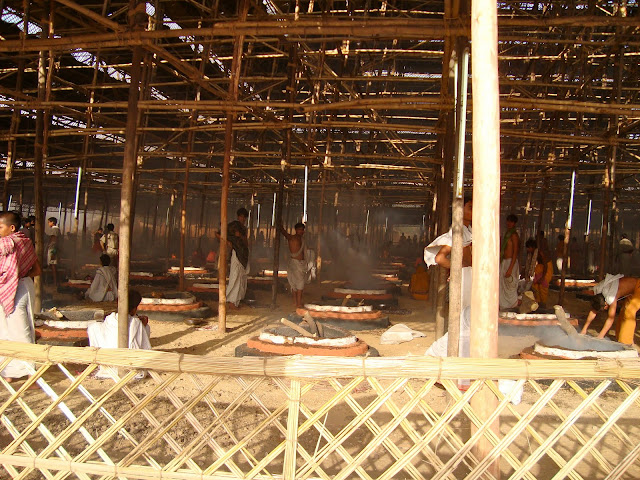The building had recently been 'done up'. What was surprising was that it was Art Deco and the date, 1935, was emblazoned on the front facade. This part of Vadodara has many houses dating from the period and one by one they are being pulled down to make way for multi-storey high rise, feature-less, apartment blocks. Mumbai has the largest number of Art Deco buildings outside of Miami !
The style sprang from France, but quickly took off around the world, as the epitome of new world elegance and geometric refinement, daringly favouring colours often considered brash and the outlines of buildings proclaiming a new world... of ocean going liners and faster cars, exploring new materials, such as plastic and glass. Windows and doors with geometrically curving shapes, celebrating the rhomboid, hexagon and cube or starbursts such as the Chrysler Building and Empire State in New York.
What motivated this extraordinary global style of radicalism - never to be seen again ? Coming after the First World War, it seems to be a tribute to hope and celebration, which sadly declined again in the 'Forties. And its heirs - what has again expressed this kind of joy and giddy unconventionalism with a radical asymmetry .......the glass and steel structures of Dubai and the Middle East ?

The style sprang from France, but quickly took off around the world, as the epitome of new world elegance and geometric refinement, daringly favouring colours often considered brash and the outlines of buildings proclaiming a new world... of ocean going liners and faster cars, exploring new materials, such as plastic and glass. Windows and doors with geometrically curving shapes, celebrating the rhomboid, hexagon and cube or starbursts such as the Chrysler Building and Empire State in New York.
What motivated this extraordinary global style of radicalism - never to be seen again ? Coming after the First World War, it seems to be a tribute to hope and celebration, which sadly declined again in the 'Forties. And its heirs - what has again expressed this kind of joy and giddy unconventionalism with a radical asymmetry .......the glass and steel structures of Dubai and the Middle East ?






